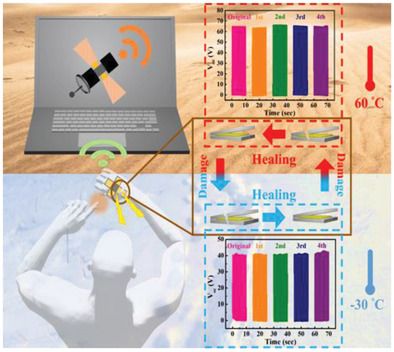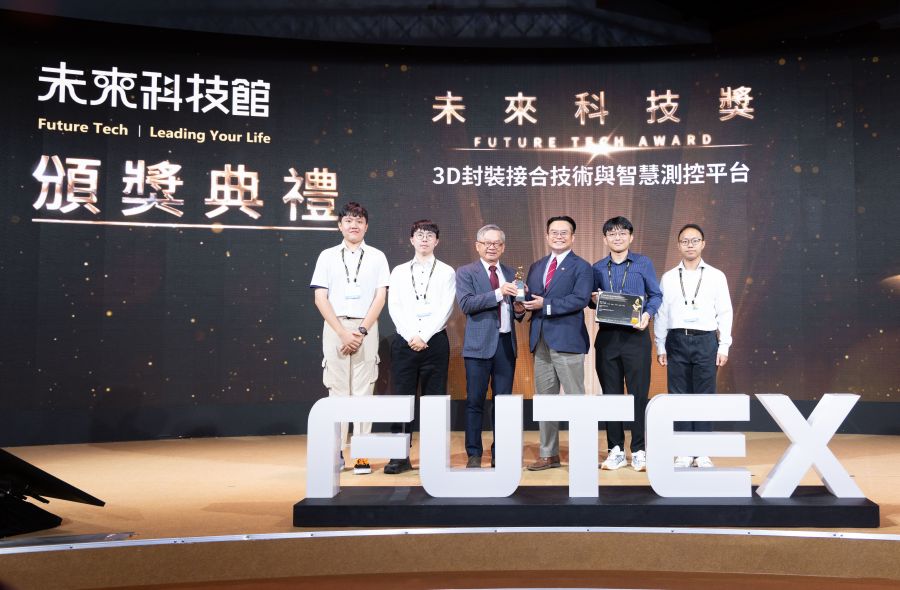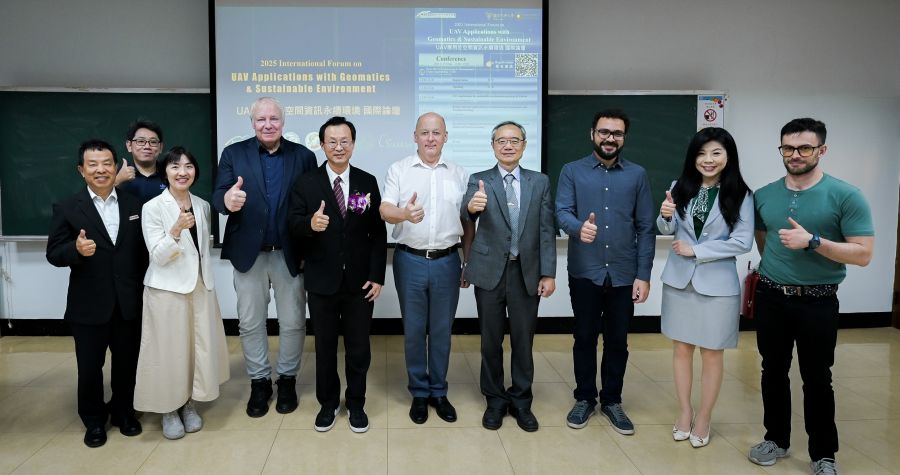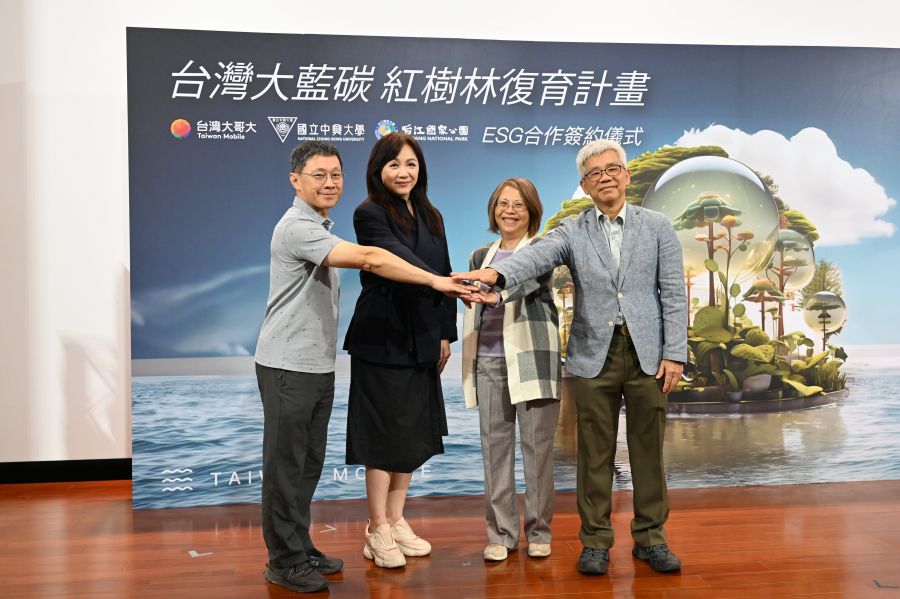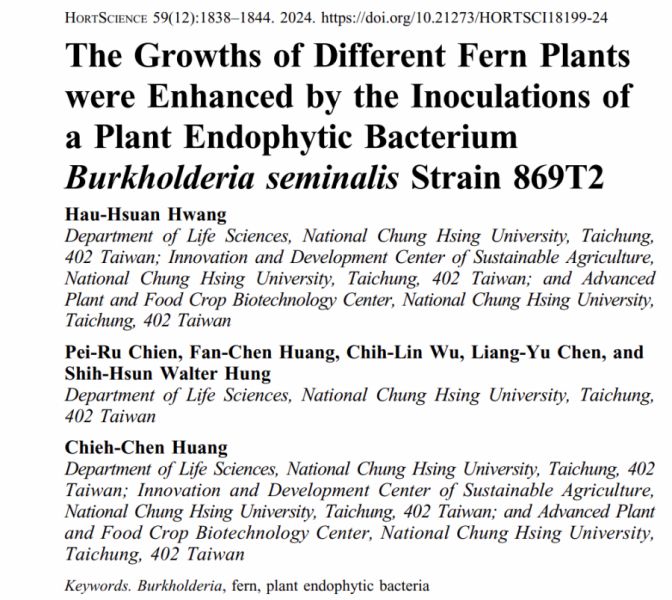設施農業:農業綠能開發與碳匯補償【材料科學與工程學系賴盈至教授/優聘教師】
| 論文篇名 | 英文:An Environmental-Inert and Highly Self-Healable Elastomer Obtained via Double-Terminal Aromatic Disulfide Design and Zwitterionic Crosslinked Network for Use as a Triboelectric Nanogenerator 中文:透過雙端芳香族二硫化物設計和兩性離子交聯網絡獲得的環境惰性且高度自修復的彈性體,用作摩擦奈米發電機 |
| 期刊名稱 | Advanced Science |
| 發表年份,卷數,起迄頁數 | 2023, 202202815 |
| 作者 | Chou, Syun-Hong; Lu, Hong-Wei; Liu, Ta-Chung; Chen, Yi-Ting; Fu, Yen-Lin; Shieh, Yung-Hsin; Lai, Ying-Chih(賴盈至)*; Chen, San-Yuan* |
| DOI | 10.1002/advs.202202815 |
| 中文摘要 | 由於便攜式/行動電子產品的不斷發展,電源受到了廣泛的關注。 與作為動力源的化學電池相比,摩擦奈米發電機(TENG)具有許多優點,包括能夠透過人體運動獲取能量、結構靈活、環境友善和長壽命等特性。 儘管有許多可自修復的 TENG 被報導,但實現類似肌肉的彈性以及在極端條件(例如高/低溫和/或濕度)下從不可避免的損傷中恢復的能力仍然是一個挑戰。以兩性離子作為支鏈的結構上的「雙端芳香二硫化物」可設計用於柔性TENG的高效自修復彈性體。 所設計的材料表現出可重複的彈性恢復(伸長率250%)和自修復效率,2 小時內的極限拉伸應力為96%,這比先前報告的二硫化物基彈性體有所改進。 即使在-30℃以下的溫度下,此彈性體也能在24小時內自主恢復50%。 基於彈性體的TENG作為一種用於檢測人類行為的自驅動感測器,已被證明在-30至60°C的溫度範圍內表現出穩定的輸出和自癒能力,因此有望促進自驅動感測器的發展,用於下一代人機通訊的動力電子設備。 |
| 英文摘要 | Due to the ongoing development of portable/mobile electronics, sources to power have received widespread attention. Compared to chemical batteries as power sources, triboelectric nanogenerators (TENGs) possess lots of advantages, including the ability to harvest energy via human motions, flexible structures, environment-friendliness, and long-life characteristics. Although many self-healable TENGs are reported, the achievement of a muscle-like elasticity and the ability to recover from inevitable damage under extreme conditions (such as a high/low temperature and/or humidity) remain a challenge. Herein, a "double-terminal aromatic disulfide" on a structure with zwitterions as branched chains is reported to engineer the high-efficient self-healable elastomer for application in a flexible TENG. The as-designed material exhibits a repeatable elastic recovery (at 250% elongation) and a self-healing efficiency with an ultimate tensile stress of 96% over 2 h, representing an improvement on previously reported disulfide-based elastomers. The elastomer can autonomously recover by 50% even at a subzero temperature of -30 °C within 24 h. The elastomer-based TENG, as a self-driven sensor for detecting human behavior, is demonstrated to exhibit stable outputs and self-healing in the temperature range of -30 to 60 °C, and so is expected to promote the development of self-powered electronics for next-generation human-machine communications. |
| 發表成果與本中心研究主題相關性 | 大範圍溫度下可自修復的納米發電機,可用於收集環境能源,並且可在-30至60°C的溫度範圍內表現出穩定的輸出和自癒能力,可用做綠色能源的採集回收。 |

